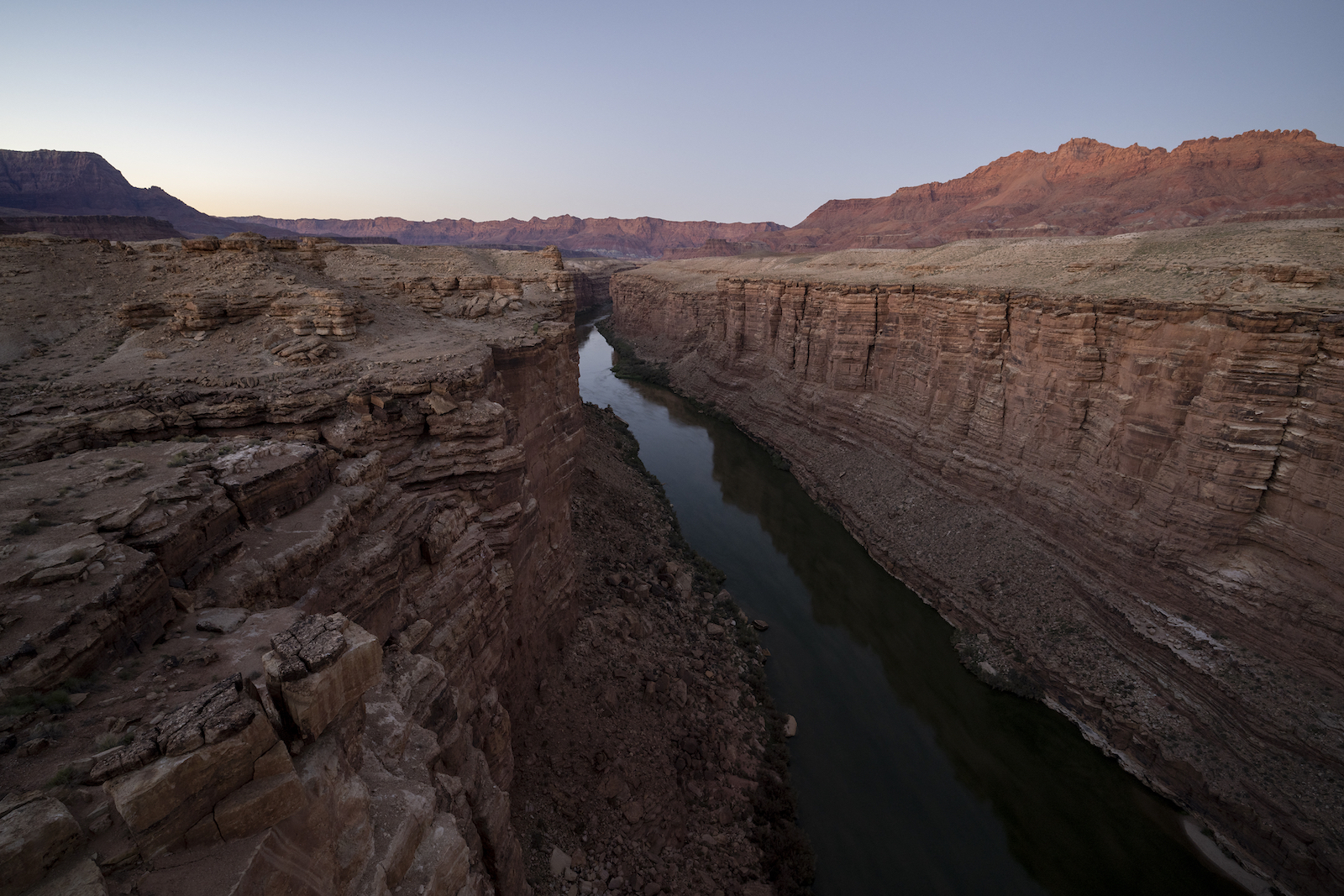
Earlier this year, Arizona lawmakers sued the Biden administration over the newly created Baaj Nwaavjo I’tah Kukveni – Ancestral Footprints of the Grand Canyon National Monument – arguing that establishing national monuments should be state business and calling the move a “land grab “. ” Now the Hopi, Havasupai and Navajo nations, whose ancestral lands overlap with the national monument, have stepped in and joined the federal government in protecting the area.
“Even if the Tribal Nations and the federal government share similar goals and legal positions in this litigation, the United States cannot adequately represent the Tribal Nations’ sovereign interest,” the tribes’ intervention said.
The nearly one million acre national monument protects areas called tribes before they are forcibly removed by the federal government, as well as places where tribal citizens hunt, pray, and gather food and medicine. The area is also important for wildlife migration routes and potential cemeteries.
If successful, Arizona’s lawsuit would open up Baaj Nwaavjo I’tah Kukveni to more economic development, and specifically, cattle grazing and uranium mining. Currently there is only one uranium mine in operation within the boundaries of the national monument. The lawsuit argues that restricting the mining of uranium around the Grand Canyon will make the US more dependent on obtaining it from foreign countries for energy purposes.
Arizona’s lawsuit is specifically focused on the Antiquities Act. Passed in 1906 to protect areas of scientific and historical significance, President Biden used the law to create Baaj Nwaavjo I’tah Kukveni after decades of indigenous advocacy focused on protecting the Grand Canyon from uranium mining. According to Arizona, the national monument ties up too much land, affecting revenue generation that could affect funding for schools, as well as the economies of small towns in the area that have also joined the suit against the federal government.
“Under the constitution, Congress is the policy-making branch of government that decides how federal land is used,” Kim Quintero, a spokeswoman for the Arizona Legislature. “Not presidential orders.”
“When you think about Baaj Nwaanjo I’tah Kukveni and the creation of this monument, this is a very important place for the tribal nations,” said Mathew Cambell, a member of the Native Village of Gambell in Alaska, and legal counsel for the Havasupai. Tribe and the Hopi tribe. “The tribes fought very hard for the establishment of the monument and are here to defend it.”
Last year, a federal judge in Utah dismissed a similar lawsuit filed by states that the Wear ears and Grand Staircase Escalante—two national monuments recently created by the Antiquities Act with strong tribal ties. In that case, District Judge David Nuffer found that the Antiquities Act gives the president authority to create monuments and that the courts have no power to challenge it. That case is now on appeal.
But Kim Quintero of the Arizona Legislature says their case is different. She mentions a 2021 lawsuit where a group of commercial fishermen challenged President Obama’s use of the Antiquities Act that protected approximately five thousand miles of the ocean floor on the coast of New Englandand impose a ban on fishing.
While the Supreme Court declined to review the case, Chief Justice John Roberts indicated that there was interest in looking at the size of monuments write that “the extent of the objects which may be designed in terms of the Act, and how it measures the area necessary for their proper care and management, may warrant consideration – especially given the myriad restrictions on public use, this purely discretionary designation may serve to justify. “
Quintero says the Arizona legislature is intent on the Supreme Court taking the case. If successful, she said there will be other avenues tribes can use to protect the area.
“Tribal members, like other members of the public, can petition Congress to pass laws to protect areas of federal land that they believe should be protected,” Quintero said.
Nine conservation organizations including the Grand Canyon Trust, Center for Biological Diversity and Sierra Club have signed on to protect Baaj Nwaavjo I’tah Kukveni. “The conservation groups are very much following the lead of the tribes,” said Michal Toll, staff attorney for the Grand Canyon Trust. “These are their ancestral homelands.”
Mathew Campbell said it would likely take months for the intervention to be decided by the court and years for the lawsuit to be settled.





